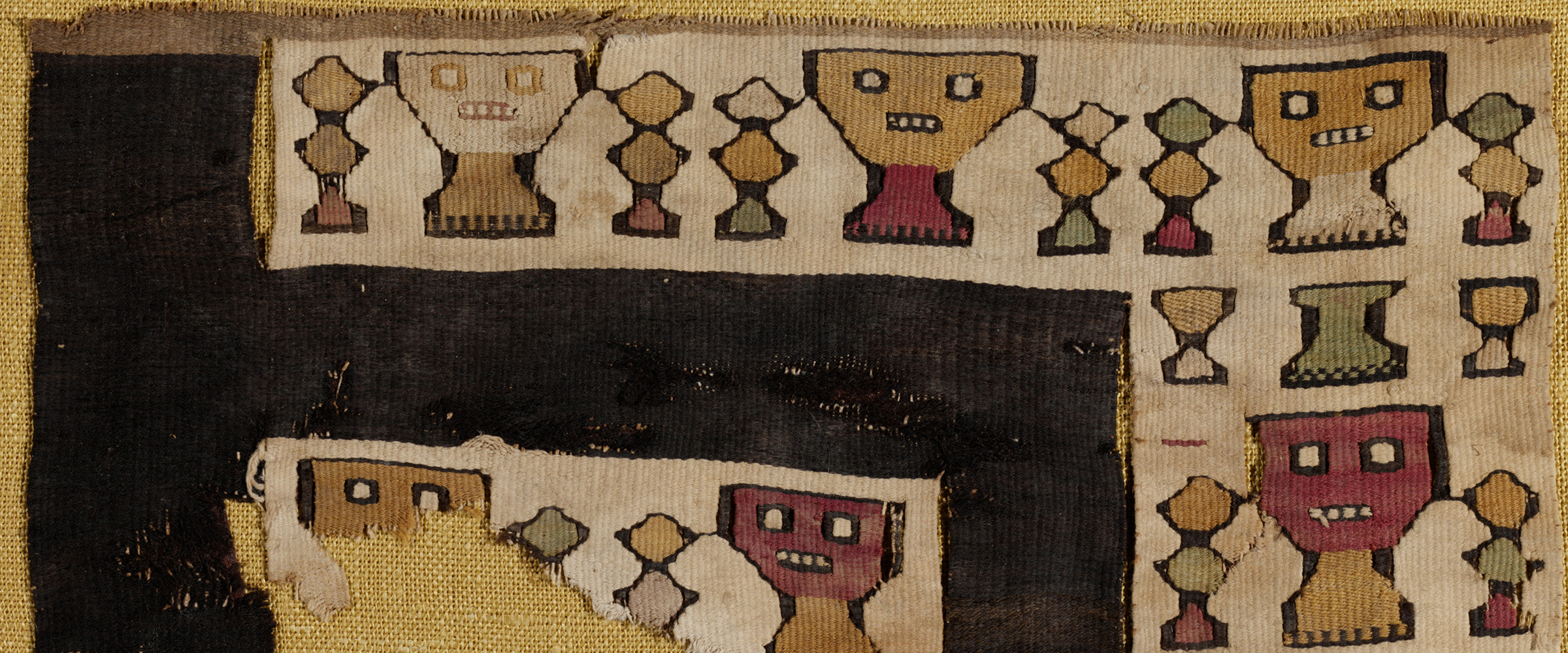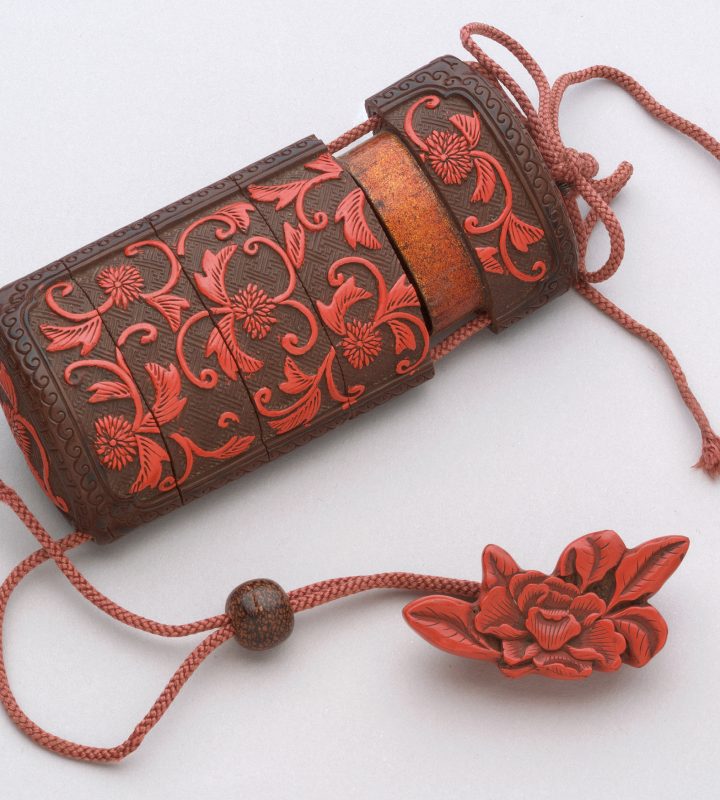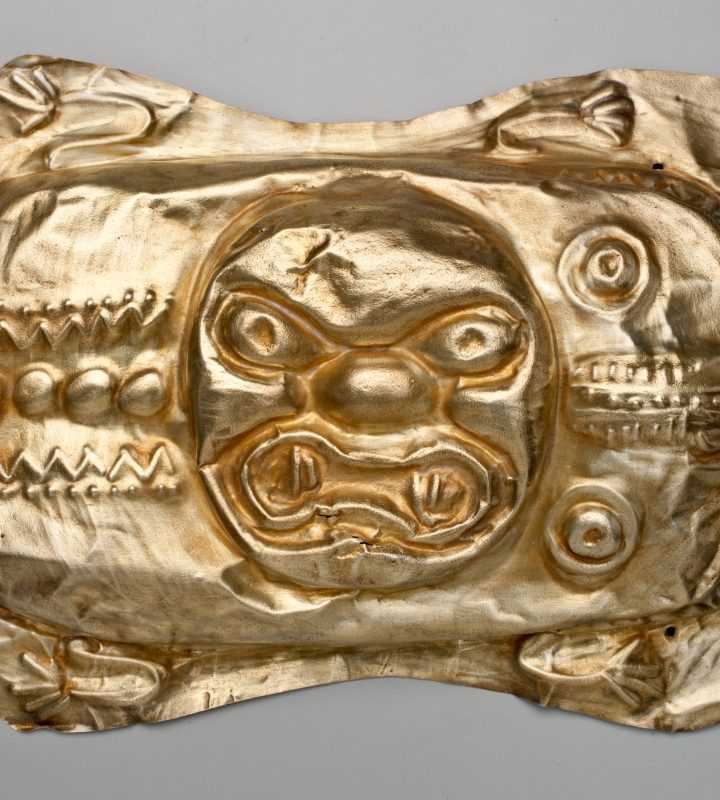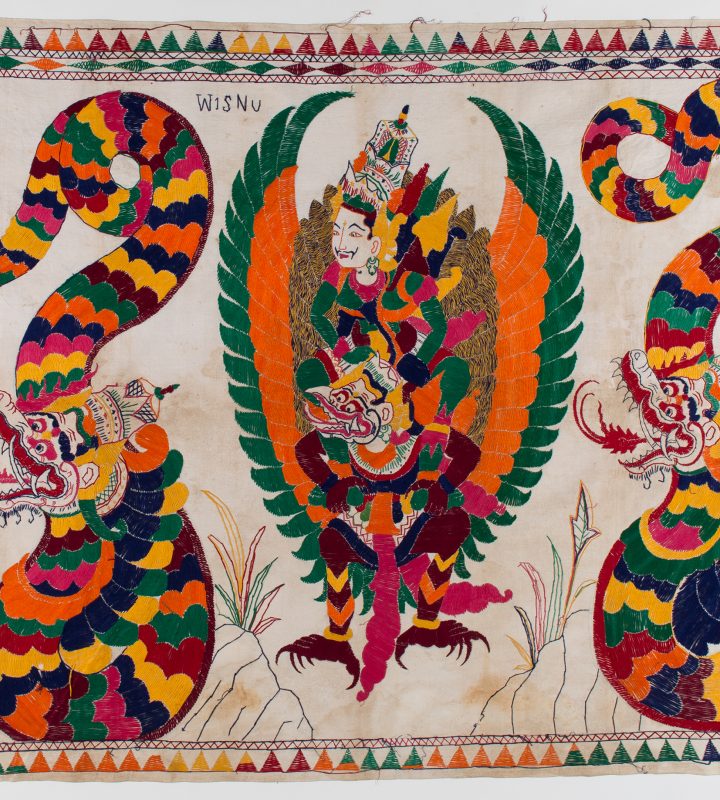What is a pigment?
What is a
pigment?
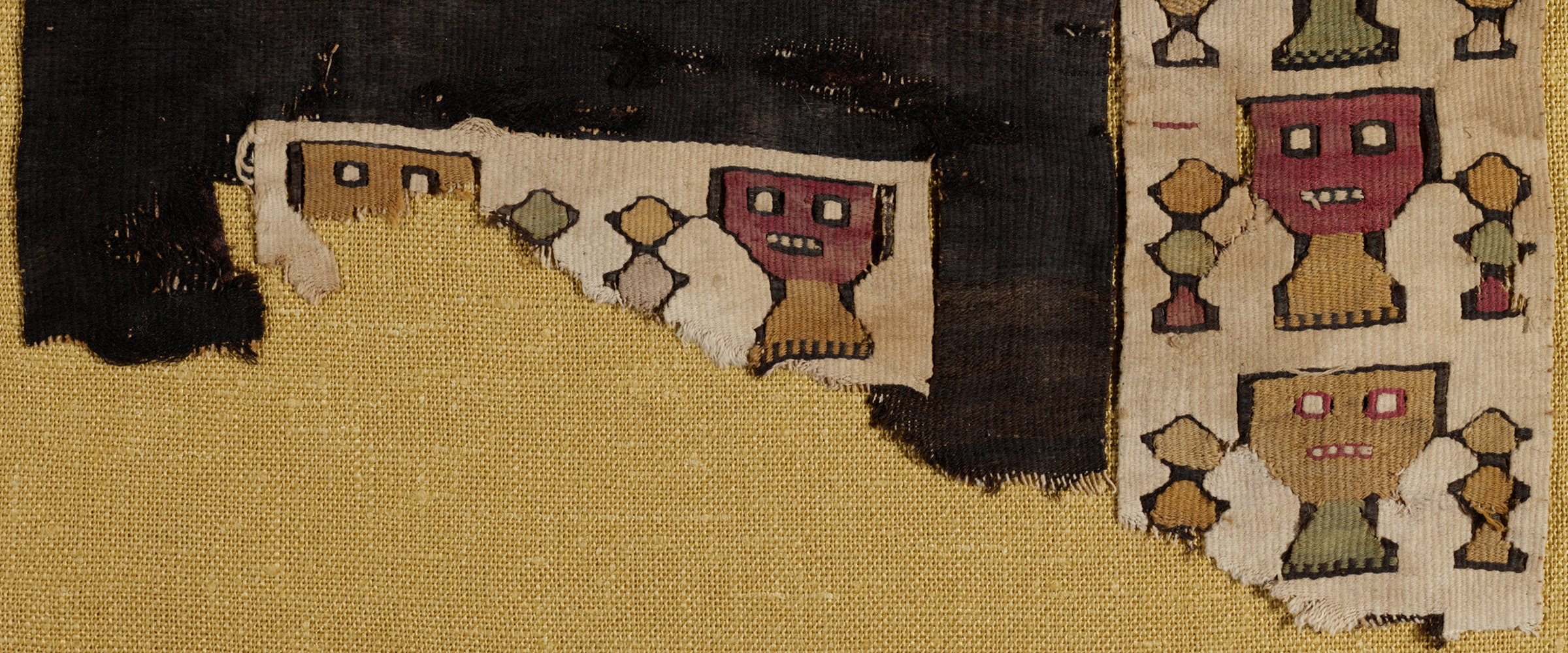
Have you ever wondered how paint is made? To create paint, artists need powdery substances called pigments. Pigments give paint its color. While some pigments are made from chemicals in factories, many pigments are natural, created by grinding and sifting substances found in the living world.
Do you see the red fabric on this textile? The pigment used here is made using something you might not expect—bugs! Cochineal is a tiny insect native to Mexico, Central, and South America. Today and throughout history, cochineal has been used to make red dye. To create a pigment from the insect, people grind up cochineal shells. As the shells break down, a red dye begins to form!
Paint can come from a variety of other living sources. For example, the yellow colors used here came from a wide range of plants, including peppertree seeds. The blues used here were made using the indigo plant, the same blue used to give the jeans we wear their color.
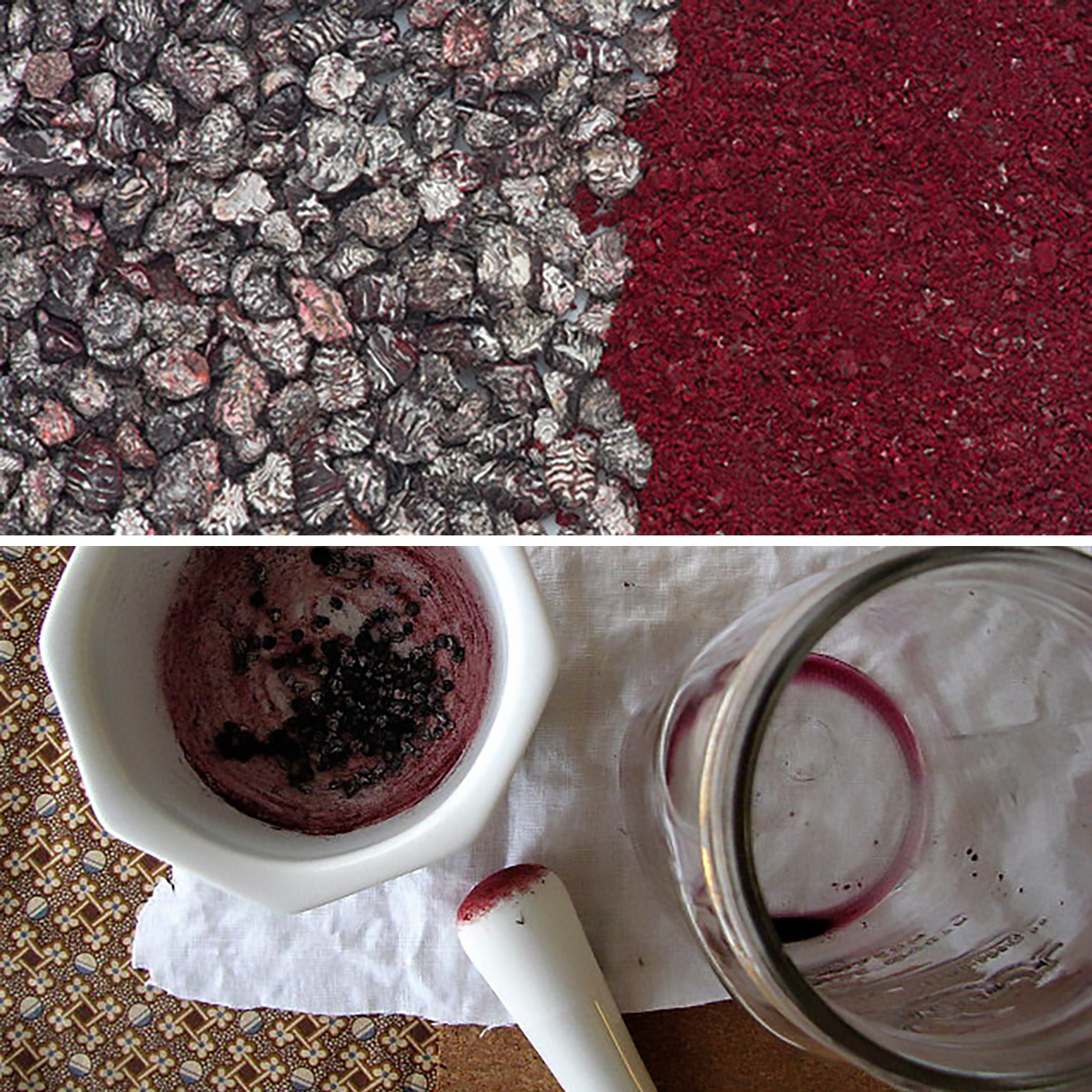
Shells of cochineal insects are grounds to make red dye.
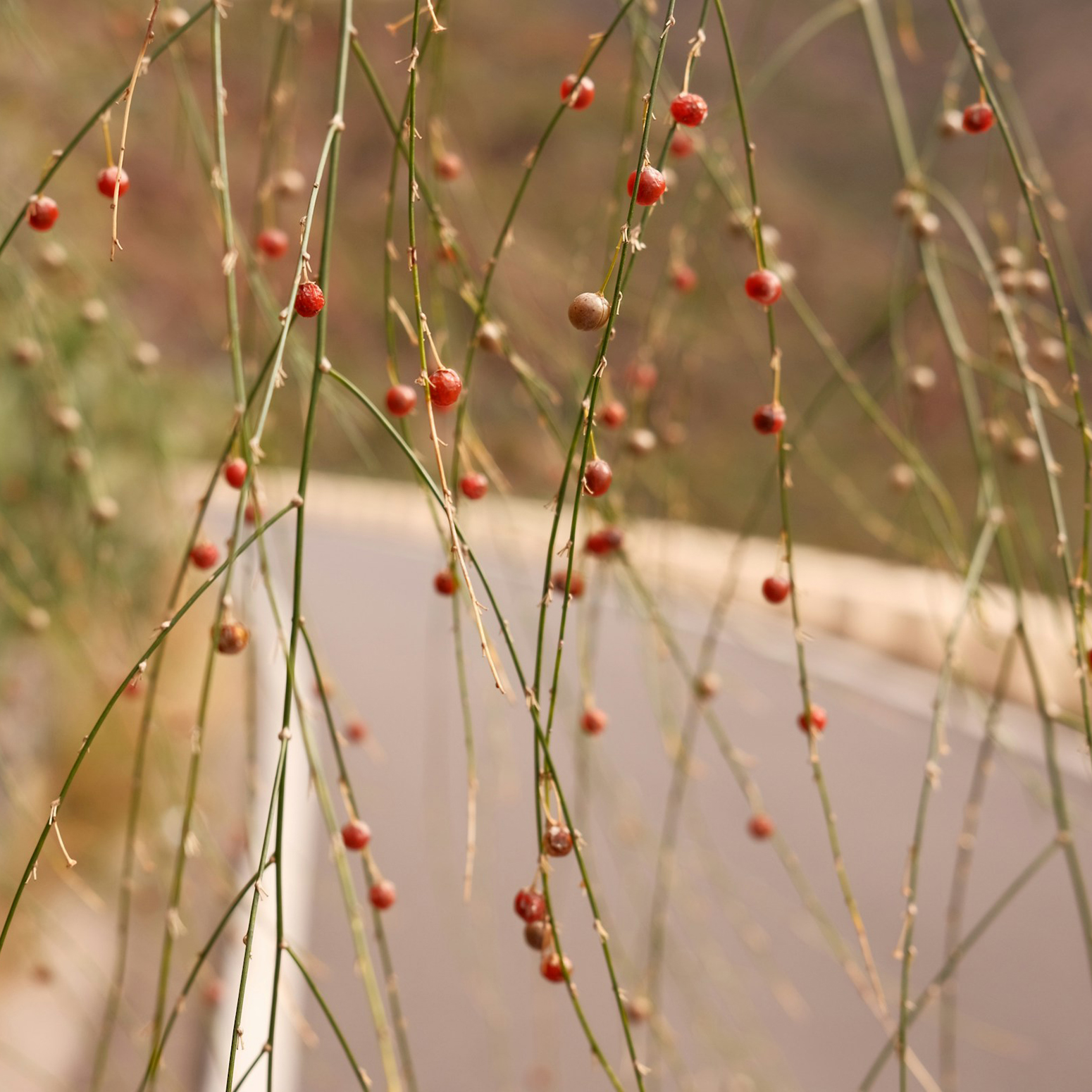
The seeds of the berries on a peppertree can be used to made yellow dye.
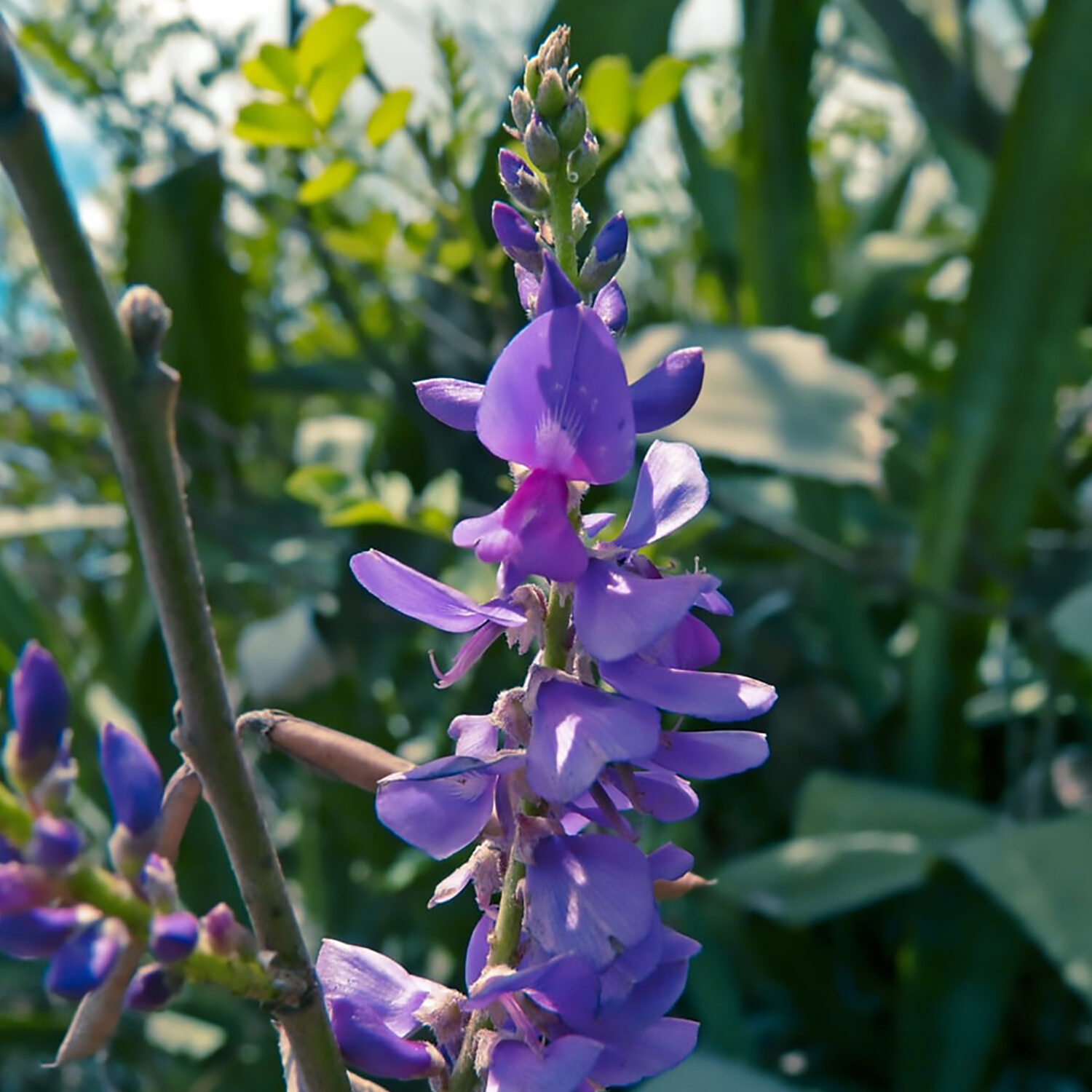
Flowers of an indigo plant create a blue dye.
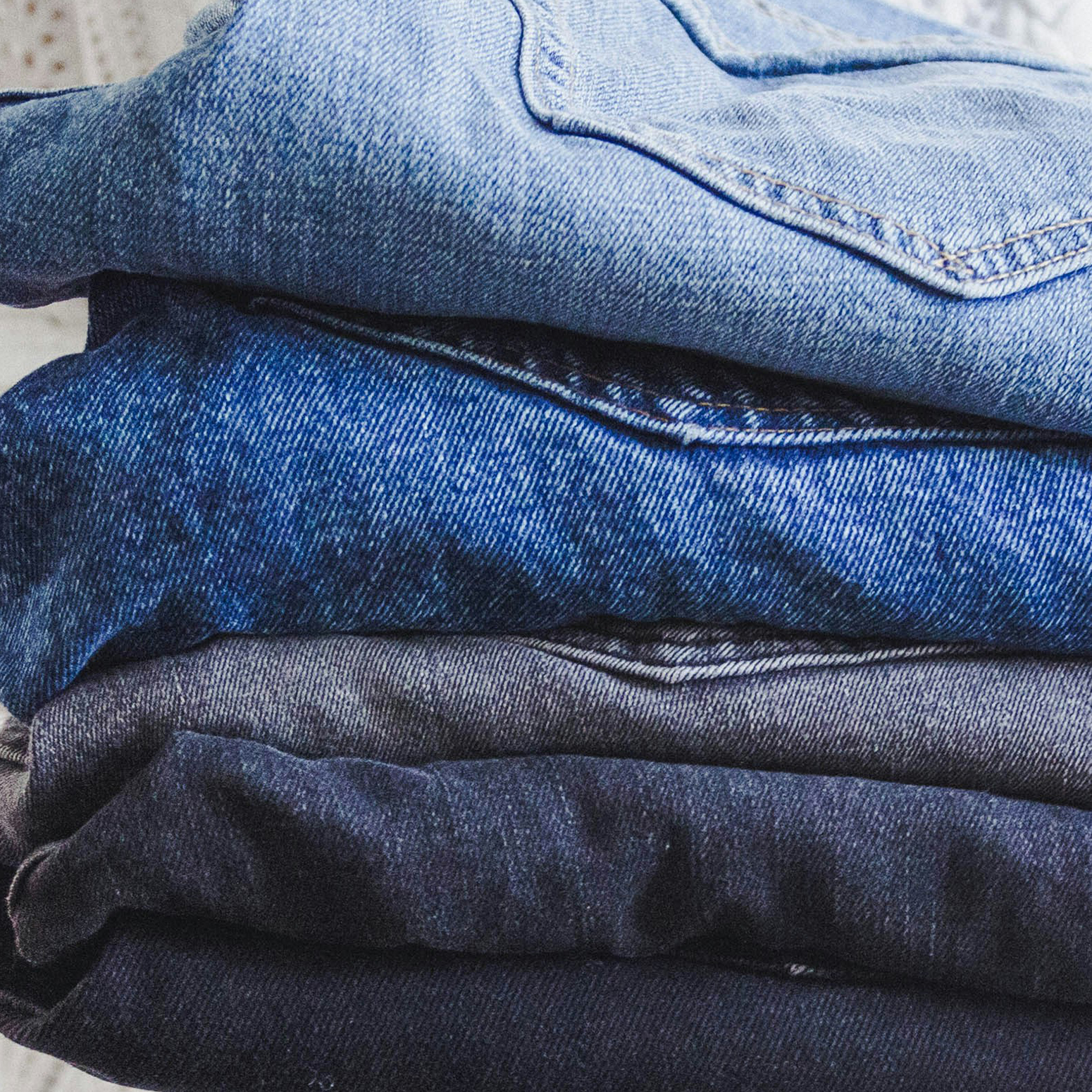
Jeans are given their color by indigo dyes.
How can we learn the story of a work of art?
Learning about art can be like solving a mystery. When we don’t know all the pieces of the story, like detectives, we can use clues to learn more. For example, we don’t know for sure where this artwork was made, but we can draw conclusions based on patterns that we find throughout the history of art—since it was woven using a technique that was often used by people in the coastal regions of Peru, it is believed to have been made in that area. We also know that the dry climate of these areas would have also helped save the buried fabric. By using these clues, we can begin to solve the mystery!
How was it made?
Coastal textiles were mainly woven on small backstrap looms, like this one. The loose end of the warp threads are attached to a stake in the ground while the woven section is secured around the weaver’s waist. This textile is made from two kinds of fibers, cotton, and the wool of a camel.
In coastal textiles, cotton usually served as the warp (the vertical threads of the weaving) and was left undyed. Fibers from animals such as llamas, alpacas, or vicunas are better at absorbing colors from dyes and more resistant to fading. These are used as the weft, or horizontal threads. Weft threads are woven in between the warp threads to create the final textile!
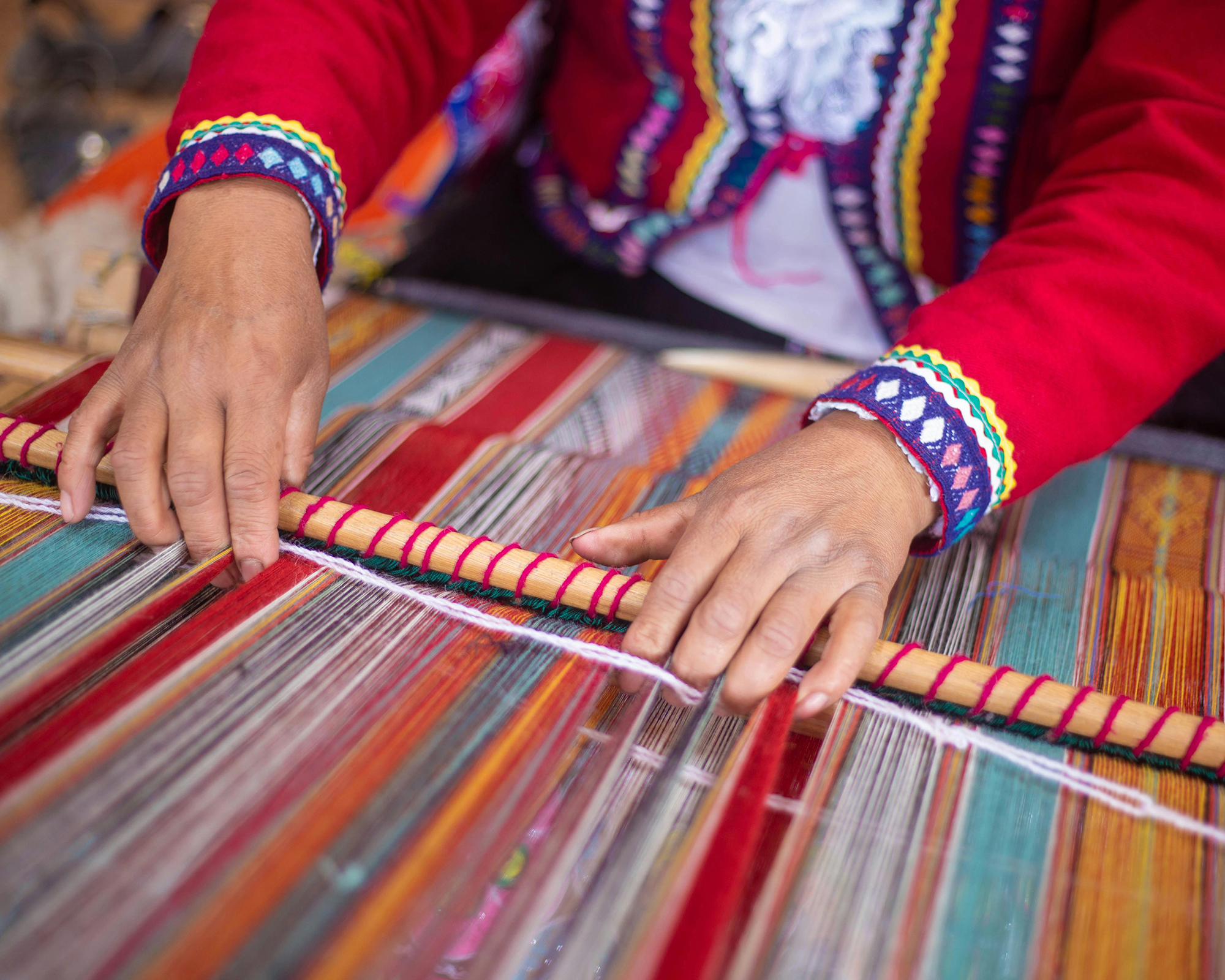
How was it used?
Textiles were very valuable for the Incas—they were used to bind contracts, to pay taxes, and given as gifts. In addition, they were probably traded by many earlier cultural groups. We know this because textiles made in one area have been found in burials in other, far away areas.
Remember, detectives follow clues to solve mysteries!
—Carina D’Urso, Post-Baccalaureate Fellow in Pre-K–12 Museum Education (2024)
